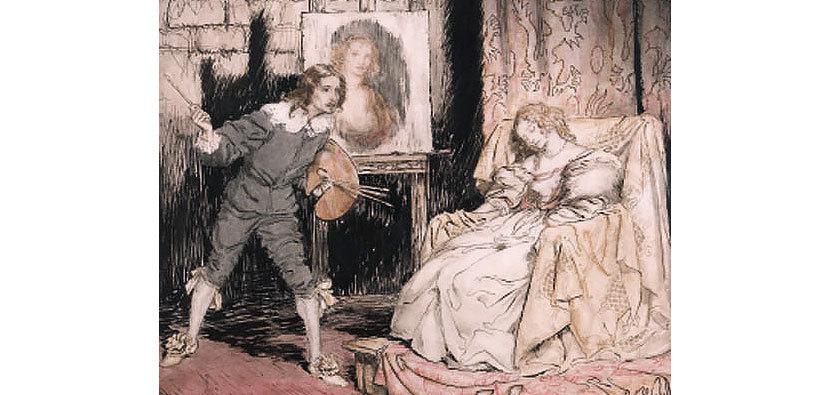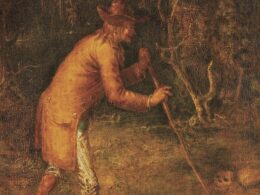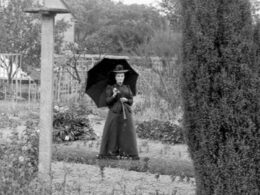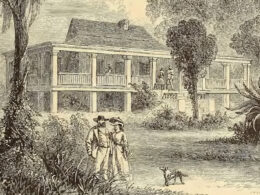Edgar Allan Poe (1809–1849)
From Edgar Allan Poe: Poetry & Tales

Edgar Allan Poe died under still-mysterious circumstances 172 years ago, on October 7, 1849.
Although readers don’t usually commemorate the anniversary of a death of an author, Poe tends to be an exception, both because of its occurrence during POEtober—the month leading up to Halloween when his stories and poems are celebrated in libraries, museums, and theaters—and because each year’s anniversary renews the debate over what might have caused his death. (Here’s a summary of just a few of the top theories.)
Death was very much a part of Poe’s life. “Virtually every woman whom he loved and who loved him died young,” says Eric Stange, the director of the American Masters program on Poe’s life. His mother died when he was an infant. His foster mother died when he was a teenager. A friend’s mother, the woman who introduced him to poetry and literature, died of a still-unknown cause. His wife Virginia died at 24, after an excruciating five-year battle with tuberculosis.
It’s perhaps no surprise, then, that many of the women in his stories and poems die, as Poe explained to his readers in his “Philosophy of Composition”: “Of all melancholy topics, what, according to the universal understanding of mankind, is the most melancholy? Death —was the obvious reply.” He then asked himself when this “most melancholy of topics” was the most poetical or most aligned with beauty. “The death, then, of a beautiful woman is, unquestionably, the most poetical topic in the world.”
One of his most famous—and shortest—stories on this theme is “The Oval Portrait.” What’s not well known is that, in its original incarnation, the tale was as much about the effects of narcotics as it was about a young woman’s tragic decline. When he republished the story under its current title, however, Poe stripped away the extraneous material and left us with the concise masterpiece we have today. We present the final version as our Story of the Week selection and explain in our introduction how and why the story changed.



